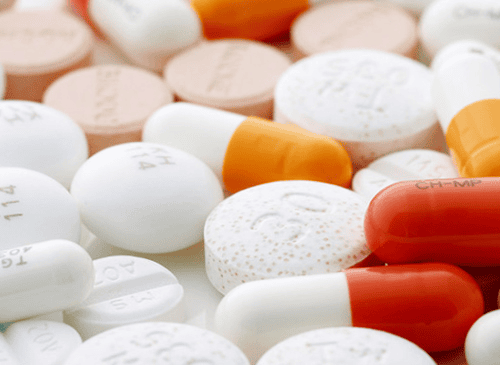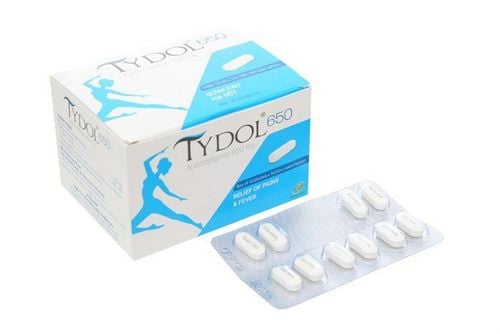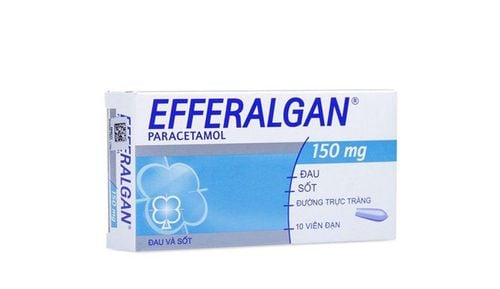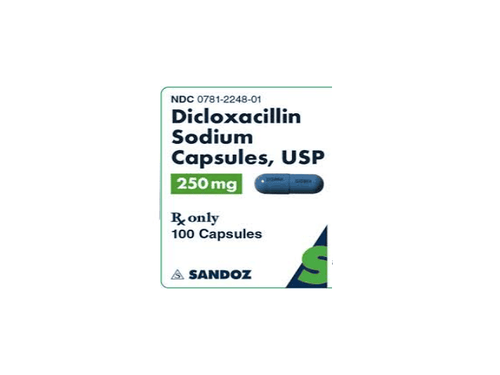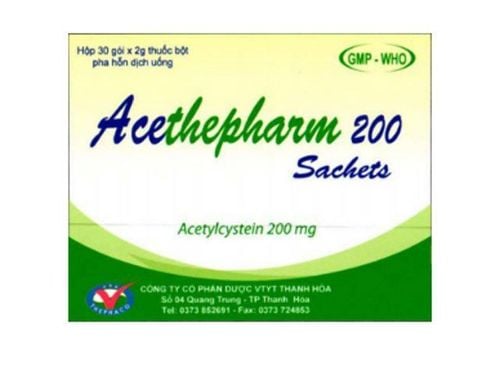This is an automatically translated article.
Paratriam is prepared in the form of a powder for oral administration, with the main ingredient being Acetylcysteine. The drug is used in clearing mucus in respiratory diseases with phlegm, cystic fibrosis of the pancreas,...
1. Uses of Paratriam 200mg
Each package of Paratriam 200mg has the main ingredient is 200mg Acetylcysteine and other excipients. Acetylcysteine is a substance that regulates mucus by dissolving phlegm. The drug acts on the gel phase of the mucus by severing the disulfur bridge of glycoproteins, facilitating the passage of sputum out of the body (by coughing, drainage, mechanical methods, ... ).
Indications for using Paratriam:
To clear mucus for patients with cystic fibrosis of the pancreas; Dilute mucus in diseases with thick mucus such as bronchitis (acute and chronic), making it easier for patients to spit out sputum from the bronchi; As an antidote to paracetamol overdose. Contraindications to using Paratriam:
Patients with hypersensitivity to Acetylcysteine or other excipients of the drug; Children under 2 years old; People with a history of asthma.
2. Usage and dosage of Paratriam
How to use: Mix 1 packet of powder in 1 glass of water, drink after meals.
Dosage:
Adults and children over 6 years old: Use 1 pack/time x 3 times/day; Children 2 - 6 years old: Use 1 sachet/time x 2 times/day. When using Paratriam for longer than 4-5 days, the patient should consult a doctor.
Overdose: To date, there have been no reported cases of overdose toxicity when using Acetylcysteine. There have been cases of using 11.6g Acetylcysteine for 3 months but still no serious side effects were detected. Dosages up to 500 mg/kg Acetylcysteine were tolerated without any sign of toxicity.
However, if using too much Acetylcysteine, the patient can be poisoned with Acetylcysteine with symptoms of nausea, vomiting, diarrhea. In addition, patients may experience symptoms similar to anaphylaxis but more severe (decreased blood pressure, hemolysis, disseminated intravascular coagulation, respiratory failure, renal failure, death). Therefore, in case of emergency or overdose, the patient should be taken to the emergency room immediately for quick treatment.
Missed dose: If you forget to take a dose of Paratriam, you should take it as soon as possible. However, if it is almost time for the next dose, skip the missed dose and take the next dose of Paratriam at the scheduled time.
3. Paratriam side effects
Some side effects patients may experience when using Paratriam include:
General disorders: Headache, fever, itching, urticaria, allergies, rash, rash, bronchospasm, hypotension pressure, angioedema, tachycardia, anaphylactic reaction to strong shock; Respiratory, thoracic and mediastinal disorders: Shortness of breath, bronchospasm (mainly in patients with increased systemic bronchial reactivity in cases of bronchial asthma); Digestive disorders: stomatitis, nausea, vomiting, abdominal pain, diarrhea; Other side effects: Bleeding related to taking Acetylcysteine, decreased platelet aggregation,... When experiencing side effects of Paratriam, patients should immediately report to the doctor and strictly follow the doctor's advice. doctor to avoid more serious complications.
4. Be careful when using Paratriam
Some notes for patients to remember before and while using Paratriam:
To avoid using extra nitrogenous substances, Paratriam powder should not be used in patients with liver or kidney failure; There have been cases of serious skin reactions such as Lyell syndrome, Stevens-Johnson syndrome during the use of Acetylcysteine; If you develop hives, you should stop taking Acetylcysteine and see a doctor right away; Acetylcysteine should be used with caution in patients with bronchial asthma and those with a history of peptic ulcer; Patients at risk of asthma flare-ups should be closely monitored. If Acetylcysteine is used in patients with a history of allergies, in case bronchospasm occurs, a bronchodilator nebulizer such as salbutamol or ipratropium must be used, and Acetylcysteine should be stopped immediately; During treatment with Acetylcysteine, the patient may appear a lot of thin sputum in the bronchi, which must be aspirated if the patient's ability to cough is reduced; People with fructose intolerance, glucose - galactose malabsorption or sucrase - isomaltase deficiency should not use Paratriam; Do not use Paratriam in children under 2 years of age; Use Paratriam in pregnant and lactating women only after carefully weighing the benefits and risks, and with the approval of your doctor.
5. Paratriam drug interactions
Some drug interactions of Paratriam include:
Acetylcysteine is a reducing agent, not suitable for oxidizing agents; Acetylcysteine (the main ingredient of Paratriam) must not be used concurrently with other cough medicines or other drugs that reduce bronchial secretion; Inactivation of antibiotics (tetracyclines, aminoglycosides, penicillins) has been reported due to Acetylcysteine in the study, when the substances were mixed directly. For safety reasons, Acetylcysteine should be taken at least 2 hours apart from antibiotics. This note does not apply to cefixime and loracarbef; Acetylcysteine can react with some metals, especially nickel, iron, copper with rubber. Therefore, contact with Paratriam should be avoided. Patients should use Paratriam exactly as directed by the doctor. Do not take smaller, larger or longer doses than indicated to avoid unpredictable consequences.
Please dial HOTLINE for more information or register for an appointment HERE. Download MyVinmec app to make appointments faster and to manage your bookings easily.




